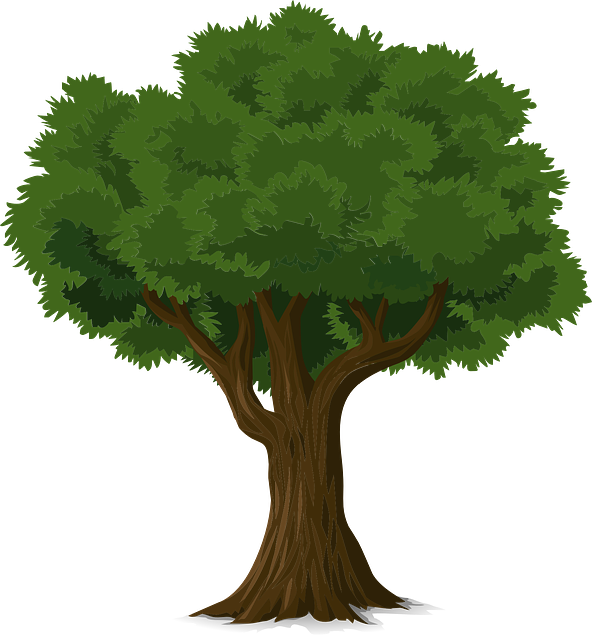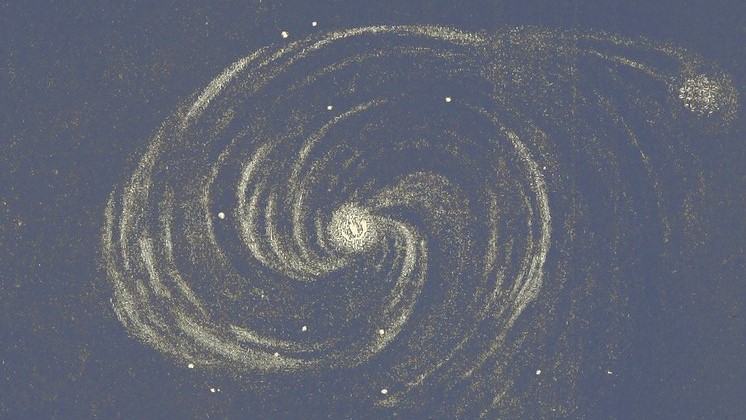Mae
Divine Overview
Portfolio
After the Creation, Maru parcelled out the foundational aspects of the world to the Natural Gods. Mae's portfolio is divided in half, between two key groups. First is the realm of nature. She is the goddess of flora, the wilderness, the ground, caverns and caves, and ores and minerals. Second is the realm of fertility. She is the goddess of women, bounty, fertility both of crops and reproduction, and birth and rebirth.Appearance
After the Crossing Over, Mae was permitted to stay by Maru, to protect her flora and the natural order. She is believed to take a hands-off role with humanity, only interacting with those who threaten her forests. When she does appear, it is generally believed to be as a face in a tree. Mae also has a number of avatars. The foremost is Promona, an Anharan aspect of Mae dealing with fruit plants. Others are often cats, as their ancient task of protecting grain stores led them to be closely associated with the goddess of agriculture.Plane
Mae's realm is known as Mae's Pool. This realm is believed to be accessible from deep within the forests of the world, and the similarly named Pool of Mae in the dense jungles of Panag Rho, the nation she used to rule. The Pool of Mae, the lake on the mortal realm, is believed by Rhogues to be a mirror of her divine plane. Her plane is thought of by most cultures as a pool surrounded by jungle trees and a ring of mountains. Within the pool is a honeycombing system of caverns, extending as deep as the trees are tall. On each landing of branches grow different plants, copies of each Mae created on the Mortal Plane, as well as some that do not appear there. These plants are protected by her creations, earth elementals. Mae's domains not only include the flora of the world, but its minerals as well. Deep within the caverns under the lake lie aquatic vegetation as well as veins of ores from the common to unheard of. The pools' caverns is where the souls of Rhogues enter, before settling inside the trees, with the most virtuous closest to the water.Historical Overview
Primordial Origins
Creation Myth
Her duties during the Great Task were to populate the mortal world with life, specifically flora. Mae is believed to have first arrived at the Pool of Mae, a lake in Panag Rho, where she is their primary goddess. Even outside of Panag Rho, most other cultures still associate her origins with that nation, for obvious reasons given its dense jungle foliage. Some even believe the spread of plant life radiated out from there, explaining the more deserted landscapes of the Boreal North and al-Tahat, the two furthest northern and eastern nations respectively.Dangers of the Wilds
The first beliefs around Mae are thought to have been of a goddess of the wilds, not agriculture. The most isolated people, and thus its supposed the most ancient, are hunter-gatherers. Their priorities must have been gods that protected them from wild beasts or dangerous plants, provided them easy game to hunt and safe plants to gather. These two themes are likely why Mae is believed to be the twin of Lorun, the god of the hunt and beasts.Growth of Agriculture
As society settled down, the goddess of the formerly gathered plants became the goddess of new, domesticated ones. With the sowing of seeds for agricultural purposes came the reproductive domains of Mae. This too may be coupled with her gatherer origins, as that sort of role was traditionally performed by women in ancient communities, and thus intertwines her two aspects further.Assorted Beliefs
As the creator of the natural order as well as the goddess of birth and rebirth, she is associated somewhat with the afterlife. Specifically, guaranteeing its occurrence. Mae's priesthoods, and general worshippers of her, call on the goddess to combat the undead and preserve the balance of nature. She also is known to help oppose the influence of the Obscure Ones, specifically those who interfere in mortal affairs, thus upsetting the natural order.Contemporary Views
Anhara
Mae fills a very civilized role in Anhara, primarily as an agricultural goddess. Most worship of her is done in rural areas, praying for a good harvest. Here she is also prayed to by women hoping for children and a good birth, the latter duty taken over by the healing goddess Altra in the cities. Anhara, thanks to its complex and ancient laws, still retains dense, primordial forests. This has allowed some of Mae's more ancient, wild aspects to be preserved. Specifically, Anhara is the location of the Fae Court of the Summer Queen. Therefore, there is significant piercing of the Veil in Anhara, especially in these ancient forests. Because of this overlap between Fae and forest, Mae has come to be associated with the Fae, especially protection from it.al-Tahat
The desert nation of al-Tahat was not always such, it was once a fertile land full of wide rivers and grassy plains. Deep in the mists of the Age of Rule, the deity Tahat, Ruler God of his eponymous nation, grew enraged and desertified much of his realm. Because of the harsh conditions on that continent, the Tahatis have a strong dislike for Mae. Mae's aspect of fertility is still prayed to, but flora is much less common in al-Tahat. The east of the nation, where rivers still run, worship her, as do the horsemen of the Julfar Savanna. Those who live in the various oasis of the desert worship Mae constantly, hoping for continued prosperity. However, all of this worship is not in a vacuum, Tahatis across the continent still have a begrudging anger over the nation's natural neglect.Boreal North
While the Boreal North may be expected to have a similar feeling of neglect, akin to al-Tahat, most tribes view Mae with respectful ambivalence. Respecting her as a goddess, many Northerners understand her upkeep of the natural order, and accept that the Boreal North's snowy deserts balance the lush jungles of Panag Rho to its south. Beyond just order, there is a cyclical, seasonal balance to Mae's nature. The southern regions of the Boreal North give Mae significant praise, associating her with the wide steppe. As the culture gets more northern, the natural aspect fades into the back, and the cyclical, ordered aspect comes to the fore. A region so covered in snow understands this well, given the freeze and thaw that governs much of Northerner life.Litoric Islands
The Litoric Islands have little to do with Mae, given their rocky nature. The primary source of food there is from the seas, outside of areas that grow fruit and olive trees in the hills. The few islands capable of large scale agriculture do pray to Mae, but because of their isolated nature, the Islands have little of the depth of worship seen in the contiguous continents.Panag Rho

Divine Classification
Natural GoddessDomains
LifeLight
Nature
Order
Peace
Portfolio
FloraWilderness
Caves & Caverns
Ore & Minerals
Fertility & Bounty
Women
Birth & Rebirth
Children
Gender
Female

Comments